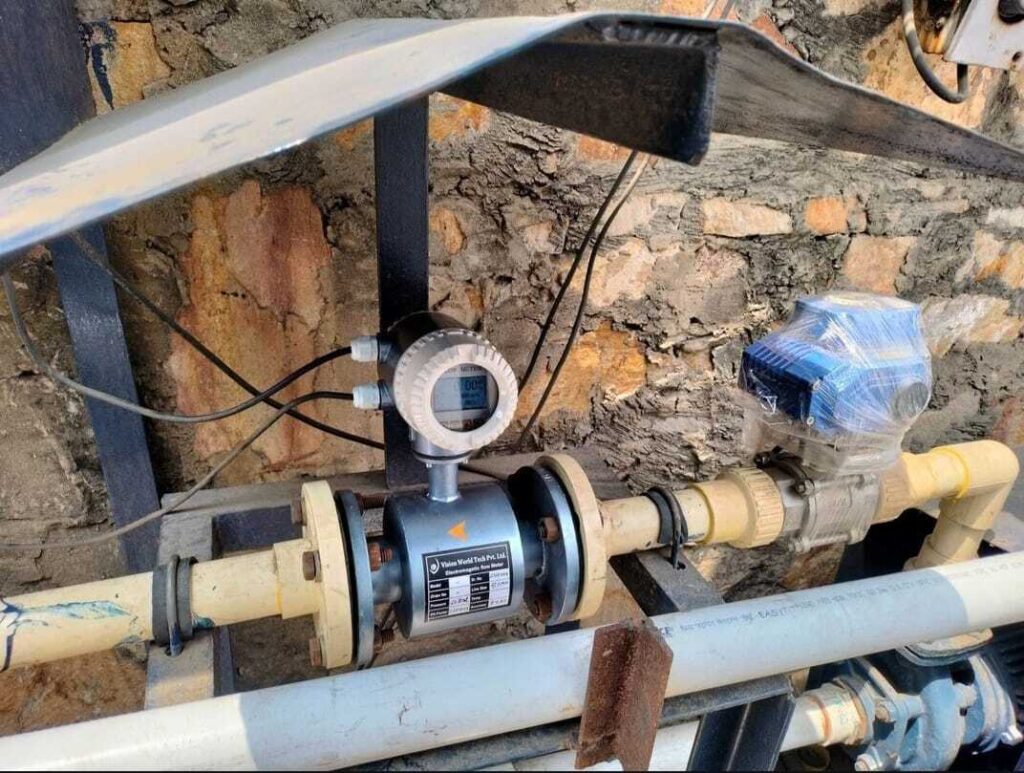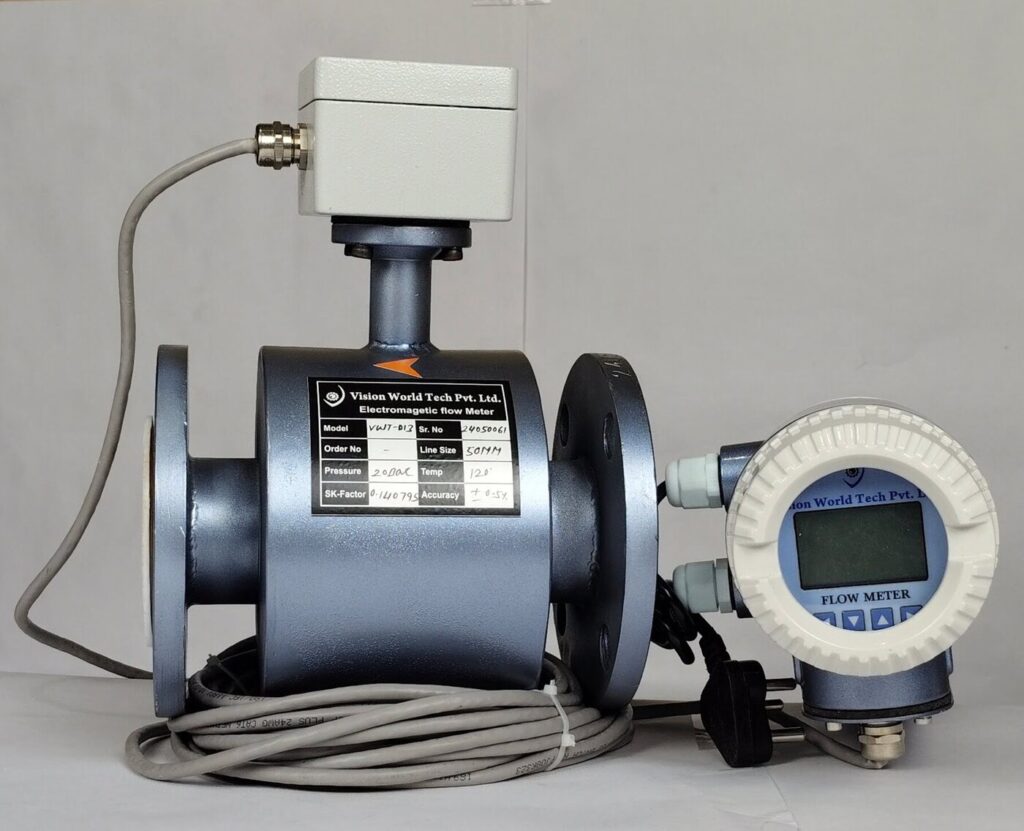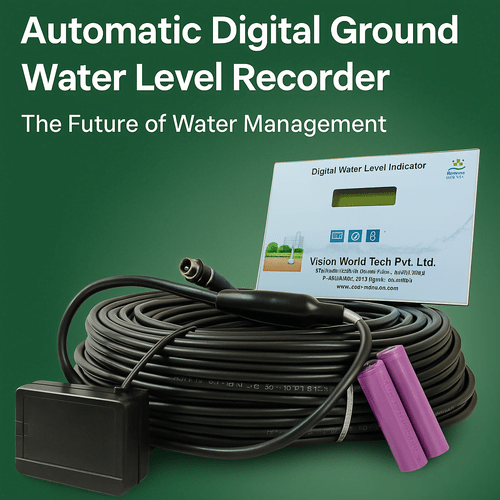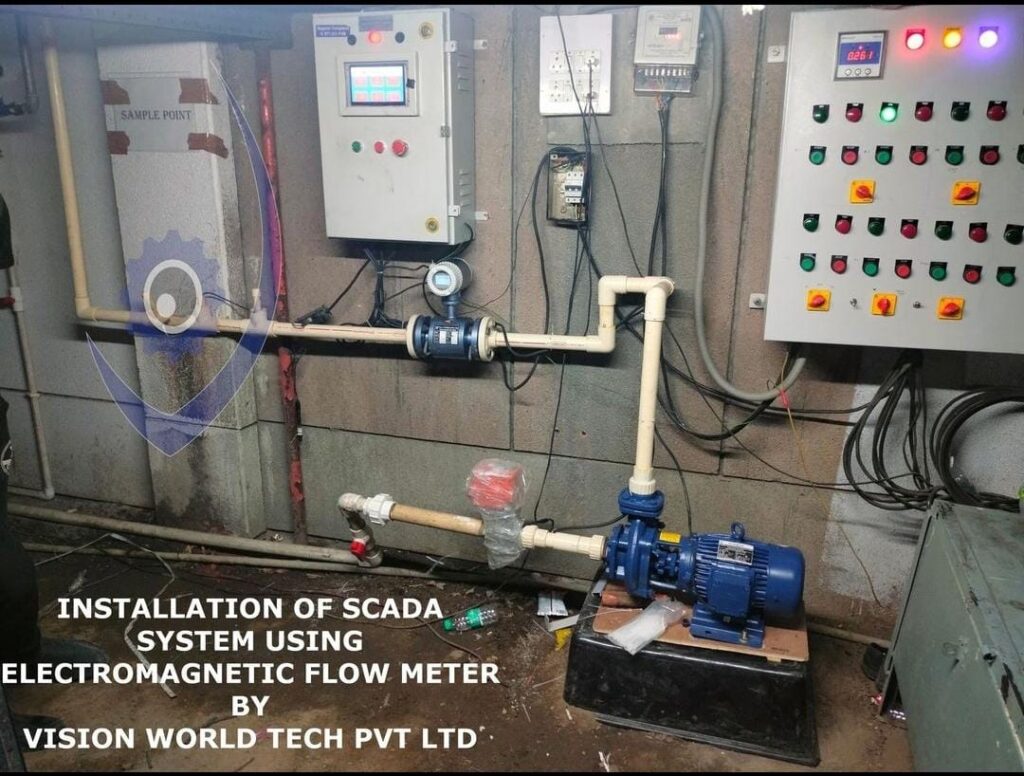1. Introduction to Digital Flow Measurement
A. Overview of Digital Water Flow Meters.
Digital water flow meters are electronic devices that measure the flow rate of water in pipes or channels. They use sensors to detect the movement of water and convert this information into a digital signal Similarly that can be read by a display or transmitted to a computer system for analysis.
B. Importance and Applications in Various Industries
The highly accurate measurement and monitoring of water flow have become a necessity in various industries. However the effective and digital flow meters in construction industries have primarily omitted the role of human measurements. They are not only focused on energy savings but also on enabling industries to analyze the data.
C. Key Differences Between Traditional and Digital Flow Measurement
There are some major differences between traditional flow measurement methods and digital methods.
- Analog Meters Can, in Some Cases, Be Less Accurate While Digital Meters Always Have More Precision Than, Champions.
- Digital meters offer functionality such as logging saved data and enabling remote access to the system, which traditional units usually do not provide.
- Digital flow meters typically have lower maintenance requirements because they have fewer moving parts.

2. Digital Water Flow Meters
A. Design and Functionality of Water Flow Meters
Digital water flow metering devices possess intricate designs that are meant to determine the amount and flow rate of water in different sectors.
1. Components and Mechanisms
In a typical scenario, a digital water flow meter carries the following:
- A flow sensor captures the flow velocity.
- A display unit presenting the data visually.
- An electronic control unit functioning as a processor for the information.
2. Variants of Digital Water Flow Meters
A digital water flow meter has a number of types, such as:
- Ultrasonic Flow Meters: Measure flow employing sound waves.
- Electromagnetic Flow Meters: Ideal for fluids having good electric conductivity.
- Vortex Flow Meters: Based on the analysis of vortices developed in the fluid flow.
B. Benefits of Using Digital Water Flow Meters
Digital meters are undoubtedly unique in their advantages.
1. Accuracy and Precision
Digital water flow meters are designed to be highly accurate, with errors that are accounted for by the accuracy of the devices; the flow meter accuracy is vital for billing and compliance purposes.
2. Data Logging and Remote Monitoring
Many digital meters today can record data for some time as well as enable monitoring over the internet. For example, you could be checking the water usage of your home via your smartphone! Finally this function helps to improve better control and detection of leakages or irregular consumption.
3. Reduced Maintenance Requirements
As digital flow meters have fewer moving parts than analog meters, they usually have fewer maintenance requirements. This, in turn, saves money and time.
4. Easy installation
It is mostly applicable for water flow meters that are digitalized because they are often completely plug-and-play devices, sometimes requiring no cutting nor manipulation of the pipe at all.
C. Applications of Digital Water Flow Meters
Digital water flow meters are extensively utilized in various fields.
1. Residential Water Measurement
Through tracking water use, the meters give homeowners an option to manage their consumption, thus decrease water bills.
2. Industrial Water Usage
In industrial sites, these meters are applied to actualize process monitoring, to enable the control of the efficiency of the processes and to satisfy regulations.
3. Agricultural Irrigation Monitoring
Farmers implement digital water flow meters for irrigation monitoring, fine-tune the use of water, and sustain the supply of water to crops, policy makers, and agriculture.
III. Digital Flow Sensors
A. Understanding Digital Flow Sensors
D flow sensors have a very important role in different kinds of flow measurement.
1. Basics of Flow Sensing Technology
Flow sensors are sensitive to fluid movements which are then converted into electronic signals that can be viewed or the data can be stored.
2. Types of Flow Sensors
Universal ones are:
- Turbine flow sensors.
- Magnetic flow sensors.
- Thermal mass flow sensors.
3. Comparison Between Analog and Digital Sensors
Digital sensors accomplish this by constantly transmitting real-time data along with higher accuracy than analog sensors, which can only output direct and continuous measurements.
B. Advantages of Digital Flow Sensors
Digital flow sensors have a couple of core merits.
1. Real-Time Data Access
These sensors are able to deliver real-time data, hence, the decision-making process is expedited, which is essential in industrial processes, where time is a crucial factor.
2. Enhanced Operating Range
Digital sensors’ advantages are the capability of operating normally at a wider range of flow rates and pressures, which in turn, allows the use of these sensors in various applications.
3. Lower Operational Costs Over Time
Although there is a high capital investment at the beginning, nevertheless, the derived profits from the low maintenance and effective utilization of the device make it an attractive proposition.
C. Key Applications for Digital Flow Sensors
Digital flow sensors are integrated into a variety of sectors.
1. HVAC Systems
They regulate the air or water to flow in the right amount to promote energy efficiency and comfort.
2. Water Treatment Facilities
In these facilities, accurate flow measurement is one of the prerequisites for compliance with regulations and ensuring the treatment process’s effectiveness.
3. Chemical Processing Industries
Digital flow sensors play an important role in the accurate chemical dosing and process control of these environments.
IV. Smart Electromagnetic Flow Meters
A. Introduction to Electromagnetic Flow Measurement
Smart electromagnetic flow meters are a next-generation digital measurement.

1. How Electromagnetic Flow Meters Work
The electrodynamic working principle of Faraday’s law of electromagnetic induction governs the usage of these devices which detect the voltage produced as electric fluid passes through a magnetic field.
2. Key Features of Smart Electromagnetic Meters
They routinely come with extra data handling functionalities.
Network connection is a common option for many models that enables mutual relationship with other teams.
3. Types of Electromagnetic Flow Meters
Some popular models are:
- Insertion-type meters that are suitable for retrofit applications.
- Full-bore meters, designed for normal pipe installations.
B. Advantages of Smart Electromagnetic Flow Meters
Such meters can bring very valuable advantages.
1. High Measurement Accuracy
They give exact readings no matter the flow rate and the conditions which is very important in the most critical applications.
2. Versatility in Various Fluid Types
Smart electromagnetic meters are able to detect and measure different types of conductive fluids, whether they are water or slurries, which are thus applicable in many industries.
3. Improved Data Analysis Capabilities
Through the provision of proprietary software, end-users can later analyze flow patterns and trends, thereby helping in forecasting and decision-making.
C. Applications of Smart Electromagnetic Flow Meters
Smart electromagnetic flow meters are nowadays very widespread.
1. Wastewater Management
They are very essential in monitoring and managing wastewater treatment procedures safely.
2. Food and Beverage Industry
These apparatuses help adhere to the required safety and compliance regulations by ensuring that the precise amounts of ingredients as well as the right amount of water are used.
3. Energy and Power Sector
Energy generation and distribution processes are heavily reliant on tracking the proper cooling water and other vital fluids.
Conclusion
In summary, Digital flow measurement constitutes a major breakthrough in measuring fluid dynamics in a wide range of applications. These technologies not only improve efficiency and accuracy but also make a vital contribution to the sustainable management of resources. The path that lies ahead is made of technologies that promise us an extraordinary journey of development.
FAQs
A. What is the difference between digital and analog flow meters?
The digital flow meters present the outputs in electronic data while touching on advanced features, but the analog meters simply give the mechanical readings.
B. How do I choose the right flow meter for my application?
Take into account fluid type, flow range, measurement accuracy requirements, and installation conditions to determine the best flow meter type.
C. What maintenance is required for digital flow measurement devices?
Most of the digital flow meters need to be calibrated regularly, and the cleaning frequency is determined by the environment and application.
D. Can digital flow meters be used with any kind of liquid?
Although they are versatile tools, certain digital meters are exclusively made for conductive liquids and might not work for other types of fluids with the same accuracy.
E. Are digital water flow meters as accurate as traditional ones?
Digital water flow meters, in general, are more accurate than the old meters, thus offering more reliable measurements.

